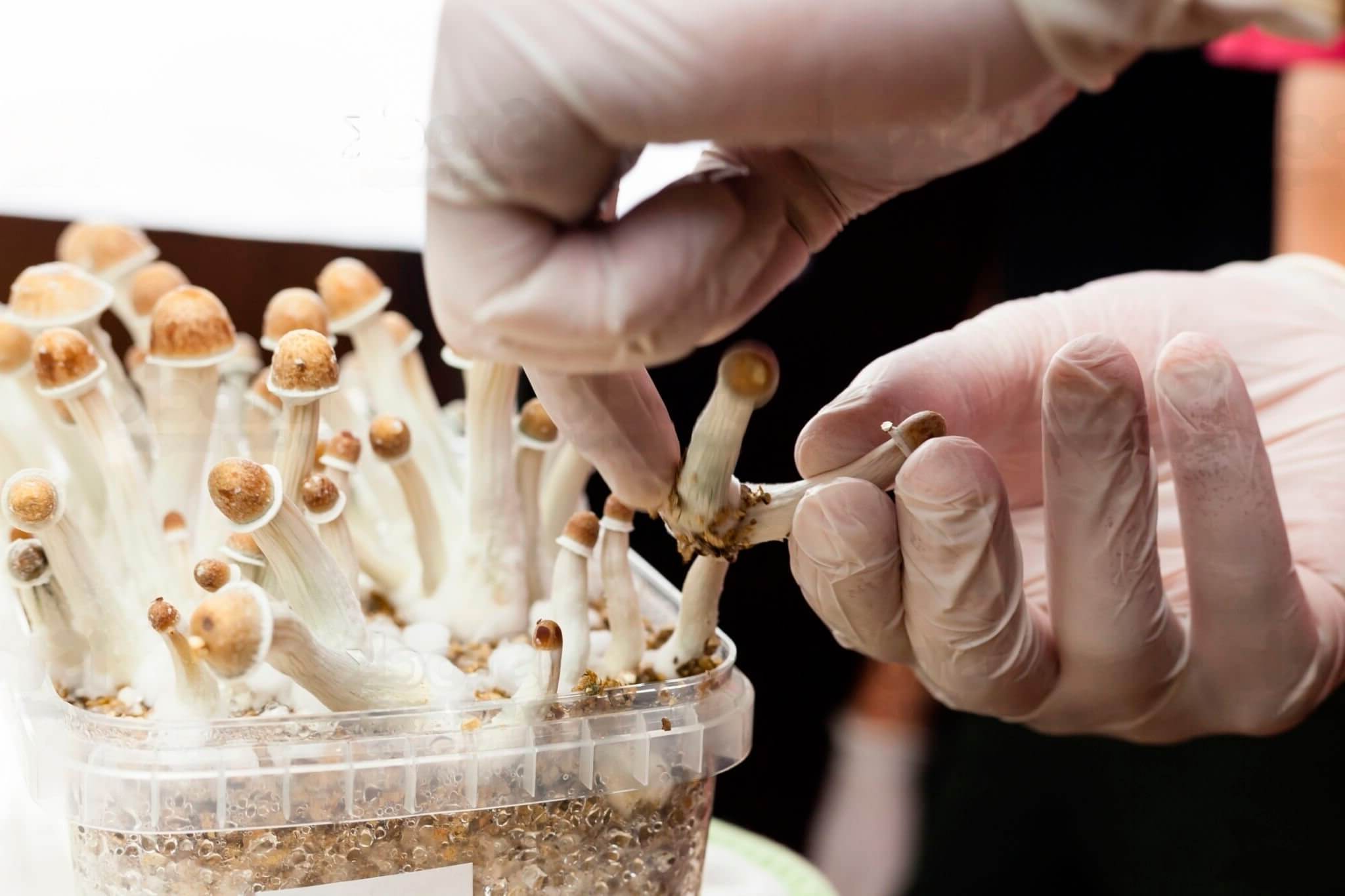
What is mycelium? Mycelium is the vegetative part of a fungus, consisting of a network of fine white filaments called hyphae. Why is mycelium important? It plays a crucial role in ecosystems by breaking down organic matter, recycling nutrients, and forming symbiotic relationships with plants. How does mycelium benefit humans? It has applications in medicine, agriculture, and even sustainable materials. Did you know mycelium can create biodegradable products? From packaging to building materials, mycelium offers eco-friendly alternatives. Is mycelium edible? Yes, certain types are used in culinary dishes worldwide. Can mycelium help with pollution? Absolutely, it can break down pollutants and even absorb heavy metals. Curious about more mycelium facts? Keep reading to uncover 26 fascinating insights about this incredible organism!
What is Mycelium?
Mycelium is the vegetative part of a fungus, consisting of a network of fine white filaments called hyphae. It plays a crucial role in the ecosystem by breaking down organic material and recycling nutrients.
-
Mycelium is often referred to as the "internet of the forest" because it connects plants and trees, allowing them to communicate and share nutrients.
-
The largest organism on Earth is a mycelium network in Oregon's Malheur National Forest, covering over 2,385 acres.
-
Mycelium can grow at an astonishing rate of up to half a mile per day under optimal conditions.
Mycelium's Role in Nature
Mycelium is vital for maintaining healthy ecosystems. It decomposes organic matter, supports plant growth, and even helps clean up environmental pollutants.
-
Mycelium breaks down complex organic materials like leaves and wood, turning them into simpler compounds that plants can absorb.
-
Some mycelium species form symbiotic relationships with plant roots, known as mycorrhizae, enhancing water and nutrient uptake.
-
Mycelium can absorb heavy metals and other pollutants from soil and water, a process known as mycoremediation.
Mycelium in Medicine
Mycelium has been used in traditional medicine for centuries and continues to be a source of new medical discoveries.
-
Penicillin, the first antibiotic, was derived from the Penicillium fungus, which forms mycelium.
-
Mycelium from the Reishi mushroom is used in traditional Chinese medicine to boost the immune system and reduce stress.
-
Recent studies suggest that mycelium extracts may have anti-cancer properties, though more research is needed.
Mycelium in Food
Mycelium is not just beneficial for the environment and medicine; it's also a key ingredient in various foods.
-
Mushrooms, the fruiting bodies of mycelium, are a popular and nutritious food source worldwide.
-
Tempeh, a traditional Indonesian food, is made by fermenting soybeans with a specific type of mycelium.
-
Mycelium-based meat substitutes are gaining popularity as a sustainable and ethical alternative to animal products.
Mycelium in Technology
Innovative uses of mycelium are emerging in technology and industry, offering sustainable alternatives to traditional materials.
-
Mycelium can be used to create biodegradable packaging materials, reducing plastic waste.
-
Mycelium-based building materials are lightweight, strong, and fire-resistant, making them an eco-friendly option for construction.
-
Researchers are exploring the use of mycelium in creating sustainable textiles and clothing.
Mycelium and Art
Artists and designers are increasingly incorporating mycelium into their work, creating unique and sustainable pieces.
-
Mycelium can be grown into various shapes and forms, allowing artists to create sculptures and installations.
-
Some designers use mycelium to create eco-friendly furniture and home decor items.
-
Mycelium-based materials can be dyed and textured, offering endless possibilities for artistic expression.
Mycelium in Agriculture
Farmers and gardeners are harnessing the power of mycelium to improve soil health and crop yields.
-
Mycelium can help break down organic matter in compost, speeding up the decomposition process.
-
Adding mycelium to soil can improve its structure, water retention, and nutrient content.
-
Mycelium-based biofertilizers are being developed to provide a natural and sustainable alternative to chemical fertilizers.
Mycelium and the Future
As research continues, the potential applications of mycelium are expanding, promising a more sustainable future.
-
Scientists are exploring the use of mycelium in creating biofuels, offering a renewable energy source.
-
Mycelium-based materials are being tested for use in space exploration, providing lightweight and sustainable options for habitats and equipment.
-
The fashion industry is looking into mycelium as a sustainable alternative to leather, reducing the environmental impact of clothing production.
-
Mycelium's ability to break down pollutants is being harnessed to clean up oil spills and other environmental disasters.
-
Researchers are investigating the potential of mycelium to create self-healing materials, which could revolutionize various industries.
Mycelium: Nature's Hidden Network
Mycelium is more than just a fungus. It’s a vital part of our ecosystem, breaking down organic matter and recycling nutrients. This underground network connects plants, helping them communicate and share resources. Mycelium even has potential in medicine, with compounds that fight infections and boost the immune system.
In agriculture, it can improve soil health and increase crop yields. Innovative uses include biodegradable packaging and sustainable building materials. Mycelium's versatility makes it a promising solution for many environmental challenges.
Understanding mycelium helps us appreciate the complexity and interconnectedness of nature. It’s a reminder that even the smallest organisms play a crucial role in maintaining the balance of our planet. So next time you see a mushroom, remember the vast, hidden network beneath your feet. Mycelium truly is nature's unsung hero.
Was this page helpful?
Our commitment to delivering trustworthy and engaging content is at the heart of what we do. Each fact on our site is contributed by real users like you, bringing a wealth of diverse insights and information. To ensure the highest standards of accuracy and reliability, our dedicated editors meticulously review each submission. This process guarantees that the facts we share are not only fascinating but also credible. Trust in our commitment to quality and authenticity as you explore and learn with us.
